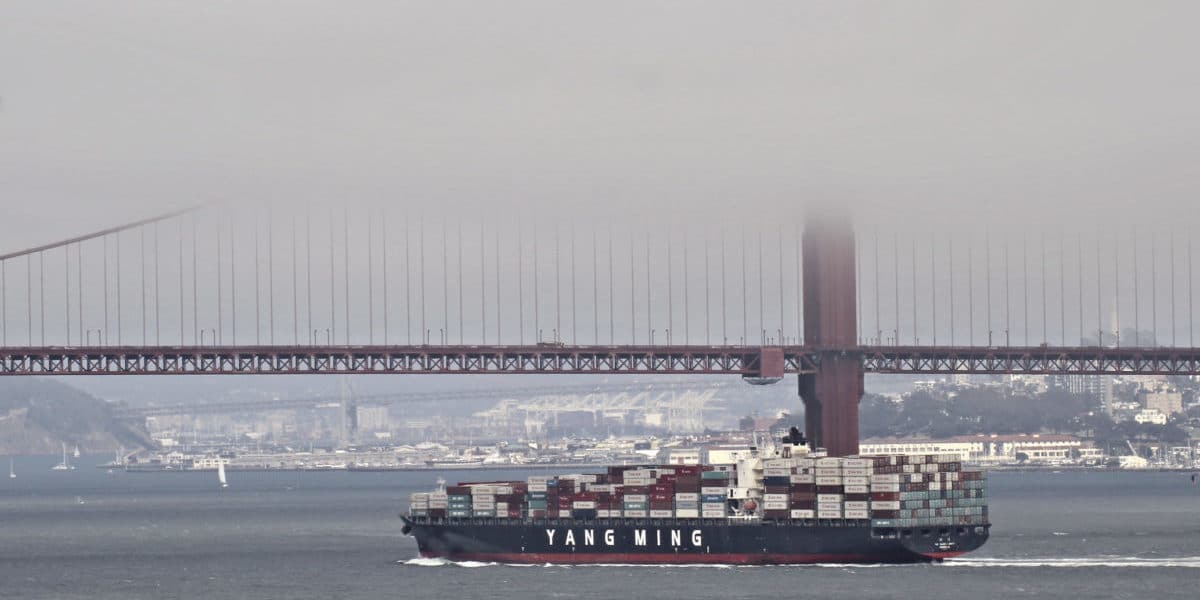Some time over the last 72 hours, the prediction made by Roth Capital came true: The Office of the U.S. Trade Representative (USTR) has reversed its position and removed an exemption for bifacial modules from the Section 201 tariffs.
We’re not sure exactly when this happened, as there is no date on the document buried on the USTR website, and no press release. USTR filed the change in the Federal Register this morning at 8:45 AM EST, after the removal of the exemption was reported by multiple media outlets.
Regardless, the exemption will now end on October 28 “effective with respect to articles entered for consumption, or withdrawn from a warehouse for consumption”. Given the long lead times for ordering modules, this means that few bifacial panels that are not already on container ships are likely to slip through tariff-free.
“Surge” of bifacial predicted
The six-page note on the USTR site does shed some light on the thoughts behind the trade officials’ decision, with the office determining that the exclusion would “likely result in significant increases in imports of bifacial solar panels”, and warning that “such a surge is imminent”.
USTR further notes that “such panels will likely compete with domestically produced monofacial and bifacial solar crystalline silicon solar photovoltaic products in the U.S. market”.
Neither statement matches our understanding of the U.S. market. As noted by Roth Capital in its research note warning of the end of the exemption, given the current boom in solar construction and the backlog of module imports, the removal of the exemption is unlikely to affect import volumes in 2020. Simply put, orders have already been placed through the end of 2020.
It is also a dubious claim that an exemption for bifacial threatens U.S. manufacturing. USTR reports that contract manufacturer Auxin Solar is dedicating a significant portion of its manufacturing capacity to bifacial products, but at last check Auxin had a total of only 100-120 MW of annual manufacturing capacity – less than 1% of the total demand in the U.S. market.
In the bigger picture, per pv magazine’s calculation even when the four large U.S. factories which have come in the wake of the tariffs come online there will only be around 5 GW of U.S. PV module capacity. This is not even half enough to meet the demand this year, so multiple gigawatts of modules are and will continue to be imported, mostly from Asia – tariffs or no.
Given all of the uncertainty that the Trump Administration has introduced regarding trade, the reaction from the U.S. solar industry at times is simply frustration. On LinkedIn John Williamson, the founder and CEO of engineering consulting and software company KiloNewton described the removal as “a nonsense reaction to a nonsense exemption to a nonsense policy.”
As for bifacial technology, Wood Mackenzie Senior Research Analyst Xiaojing Sun says that bifacial modules will be cost-competitive again in 2021, even with the Section 201 tariffs. She describes this as a “temporary setback” for the technology, noting that “long-term growth is still expected.”
Update: This article was updated at 11:46 AM EST on October 8 to feature a link to the unpublished entry by the U.S. Trade Representative in the Federal Register, and additionally to include USTR’s statements regarding Auxin Solar’s bifacial manufacturing and related analysis.
This content is protected by copyright and may not be reused. If you want to cooperate with us and would like to reuse some of our content, please contact: editors@pv-magazine.com.









By submitting this form you agree to pv magazine using your data for the purposes of publishing your comment.
Your personal data will only be disclosed or otherwise transmitted to third parties for the purposes of spam filtering or if this is necessary for technical maintenance of the website. Any other transfer to third parties will not take place unless this is justified on the basis of applicable data protection regulations or if pv magazine is legally obliged to do so.
You may revoke this consent at any time with effect for the future, in which case your personal data will be deleted immediately. Otherwise, your data will be deleted if pv magazine has processed your request or the purpose of data storage is fulfilled.
Further information on data privacy can be found in our Data Protection Policy.